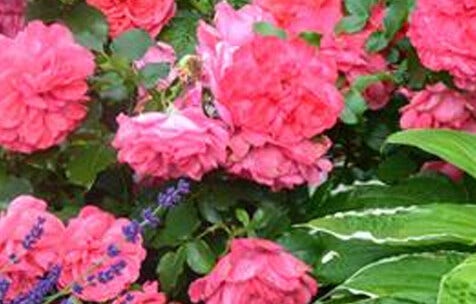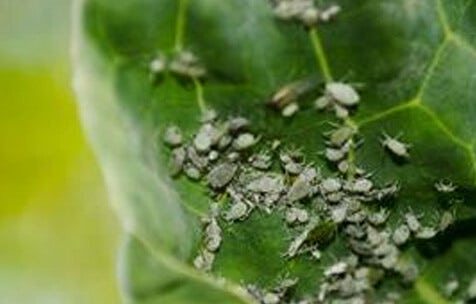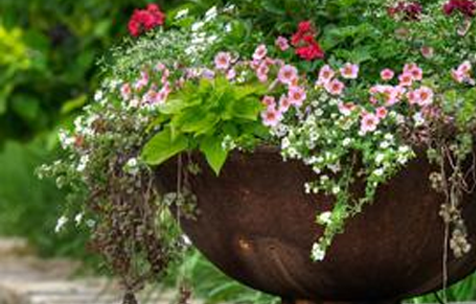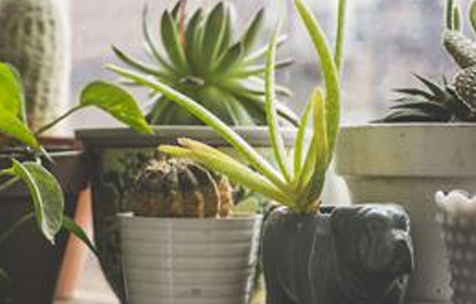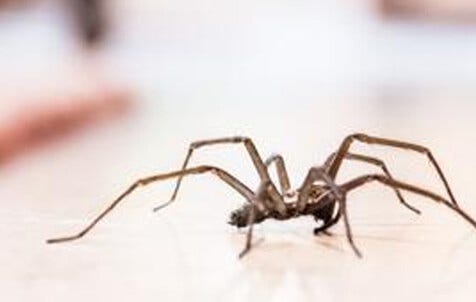Protecting Pollinators
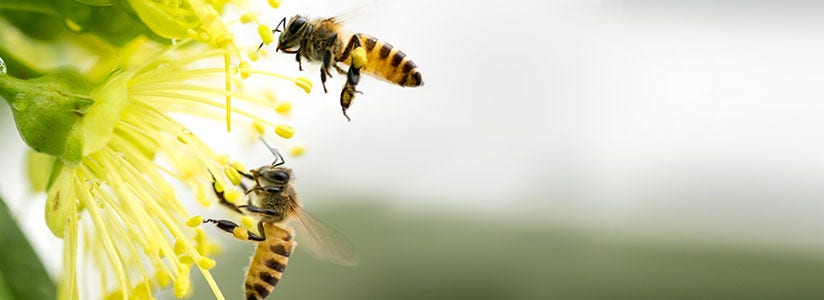

Together, we can make a difference
Insect pollinators include more than bees. They’re all the beneficial insects, including butterflies, moths, wasps and flies that help transfer pollen from one plant to another.
How pollination works
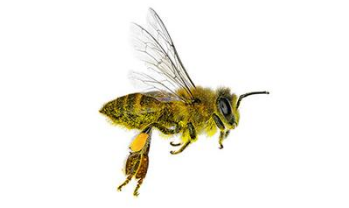

Pollinators visit flowers in search of nectar and pollen. As they move from one plant to another, they transfer some of this pollen to other plants. This is what plants use to grow a fruit or seed. It’s estimated that pollinators affect 1 out of every 3 bites of food we eat.
Pollinators under pressure
Threats to pollinators are primarily due to these four contributing factors:
- Pathogens – such as fungi, amoeba, bacteria and viruses that infect honeybees
- Parasites – including the Varroa mite, which feeds on and transmits viruses to bees
- Environmental Stressors – like miticides and antibiotics inside the hive and pesticides outside the hive, as well as lack of nectar diversity
- Management Stressors – including migratory beekeeping practices, improper feeding, overcrowding and the genetic fitness of the queen
Of course, pollinators can be killed by irresponsible pesticide use. Our efforts center on responsible application and reducing the environmental stressors outside the hive. We’re also collaborating on broader pollinator research.
DID YOU KNOW?
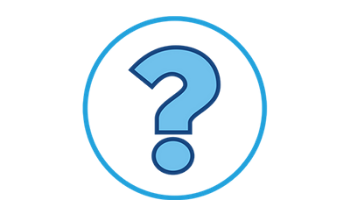

There are 20,000 species of bees, but only 6-7 produce honey.
All bees are pollinators and can be affected by irresponsible pesticide use. Do your part by following label instructions. And be sure to look for the Pollinator Protection Box on the back label of a growing number of products.


The benefit of systemic products
There are two main formulations: granules that are sprinkled around the base and concentrates that are mixed with water and poured around the base of the plant. These systemic products reduce potential pollinator exposure from spray drift or run-off, or the reactivation of pesticides from dew or irrigation.
Application tips to protect pollinators
- Always read and follow label instructions – some products even include a Pollinator Protection Box highlighting additional restrictions designed to increase protection of foraging insects
- Use the least hazardous formulation available – avoid sprays and dusts that can increase pollinator exposure
- Make evening applications – bees and other pollinators are active throughout the day
- Avoid the blooming window – if possible, wait to make applications until after blooms have faded
- Minimize spray drift and run-off
- Check the weather – low temperatures or cloudy days can cause pesticides to remain toxic longer
- Mow lawns prior to making liquid broadcast applications – remove blooming weeds or clover that would attract pollinators
For more detailed information on proper application, visit the Responsible Application page.
Working together


In your community, you can take an active part in protecting pollinators by planting attractive forage plants such as lavender, coneflower and redbud, and supporting local beekeepers by buying locally grown honey and foods.
Bees by the numbers
- Bees will fly 2-5 miles from the hive in search of nectar and pollen
- Honeybees can visit up to 5,000 flowers in a single day
- A bee’s wings beat 12,000 times per minute
- A standard size beehive contains between 10,000-60,000 bees
- A hive must visit about 2,000,000 flowers to produce a 1-pound jar of honey
- Once done foraging for the day, bees fly back to their hive in a straight line, aka a “bee line”



